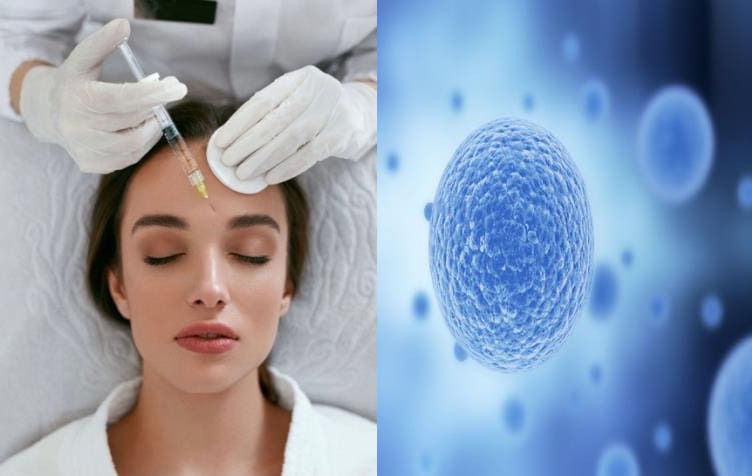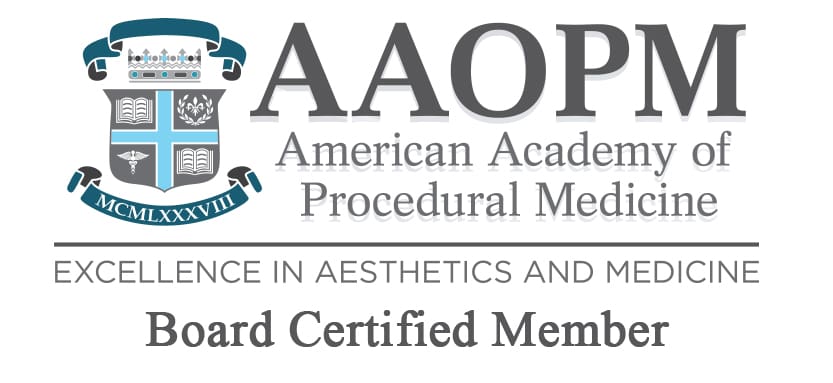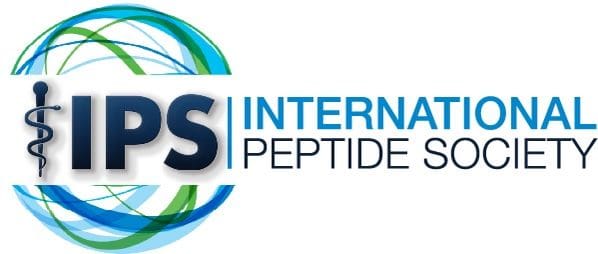Prp/exosomes/Peptides
Prp/exosomes/
peptides

PRP stands for Platelet Rich Plasma, a blood derivative processed from each patient’s own blood. PRP is rich in proteins called growth factors. When PRP is injected into skin, these growth factors and stimulating factors are then released from the platelets and are central to the body’s ability to heal, repair, and stimulate growth. PRP activates dormant stem cells local to injection site. Subcutaneous injections of PRP help restore facial volume and stimulate collagen production for a more glowing skin and youthful appearance. Within a month of receiving PRP injections, most patients see improved skin texture, with maximum results within three months. The effects last a year or more, with many patients getting single touch-up treatments after a year to continue collagen production. A typical treatment plan is 2-3 treatments spaced several weeks apart. You can combine PRP rejuvenation with other treatments such as Botox, laser skin resurfacing, micro-needling, and cosmetic fillers. PRP is also used to stimulate dormant hair follicles in order to attain a fuller and more vibrant hair on the scalp as part of a comprehensive hair regrowth plan.
EXOSOMES are nano extracellular vesicles retrieved from Mesenchymal Stem Cells (MSCs). They are ethically harvested/extracted and synthetically processed in a laboratory to strict protocols. Exosomes contain biomolecules including proteins, growth factors, lipids and nucleic acids such as messenger-RNA, (mRNA) and micro-RNA (miRNA). They act as messengers from stem cells to other cells.
Exosomes have enormous benefits for the skin! They have been shown to:
- Be an effective form of skin rejuvenation for the face, neck and hands.
- Drastically diminish the appearance of upper lip and smile lines, crow’s feet, and neck rings.
- Reduce the appearance of age spots and acne scars including skin depressions.
- Exosomes are also utilized with PRP for hair growth stimulation in the Hair restoration program.
PEPTIDES are amino acids that make up certain proteins needed by the skin. More specifically, collagen is made of three polypeptide chains, so adding peptides can stimulate your skin to make collagen. More collagen can lead to firmer, younger-looking skin. Your body makes collagen naturally. But over time, collagen production decreases, which can cause skin to look more wrinkled and less even and bright. When peptides are injected into the skin, these molecules can penetrate the skin, so instead of sitting on top of the skin, they activate the deeper layers of the skin where elastin and collagen are created. You can think of them as messengers for the other cells. They send signals telling the cells to produce collagen and elastin.
Benefits Of Peptides:
- Improved skin barrier: The skin barrier is the body’s line of defense against bacteria, ultraviolet rays, pollution, and other toxins. The skin barrier can be damaged from over-exfoliation, exposure to cigarette smoke and other pollution, or even poor sleep. Peptides help build up a stronger barrier.
- Reduced wrinkles: Collagen can plump skin and lips. When skin is firmer and plumper, wrinkles and fine lines will be less visible.
- More elastic skin: In addition to collagen, peptides also make up elastin fibers, also a type of protein. These fibers make skin look firmer and tauter.
- Eases inflammation: Peptides can help ease inflammation, repair damaged skin, and even out skin tone.
- Can help clear breakouts: Some peptides are antimicrobial, meaning they can kill bacteria that cause acne.









© Dr. Magdalena Swierczewski 2022. All Rights Reserved.








